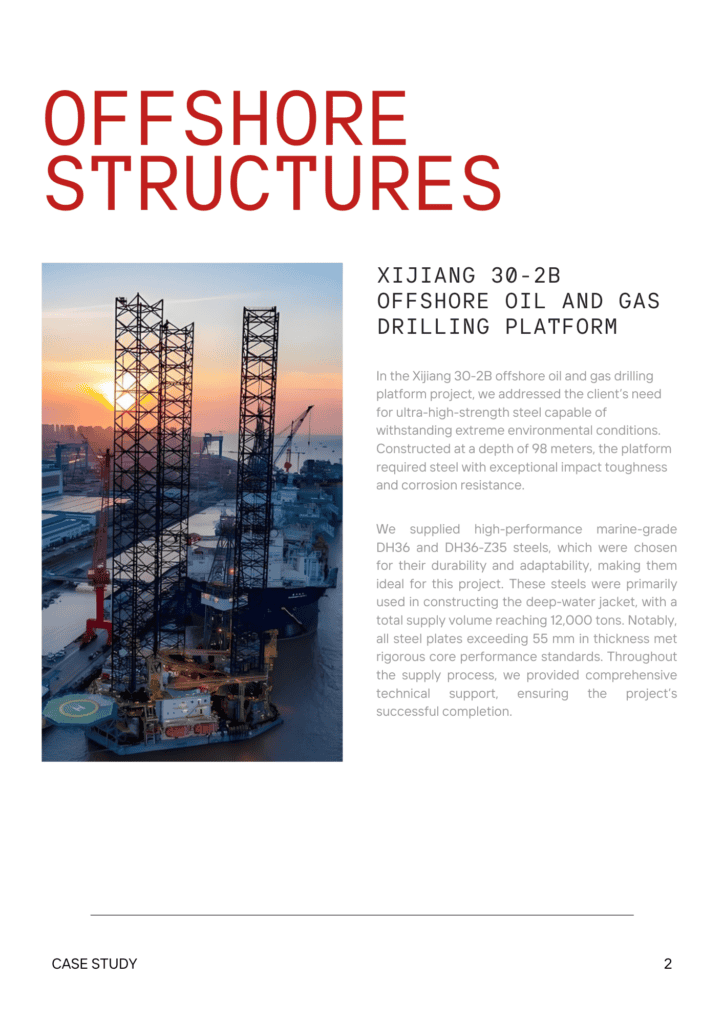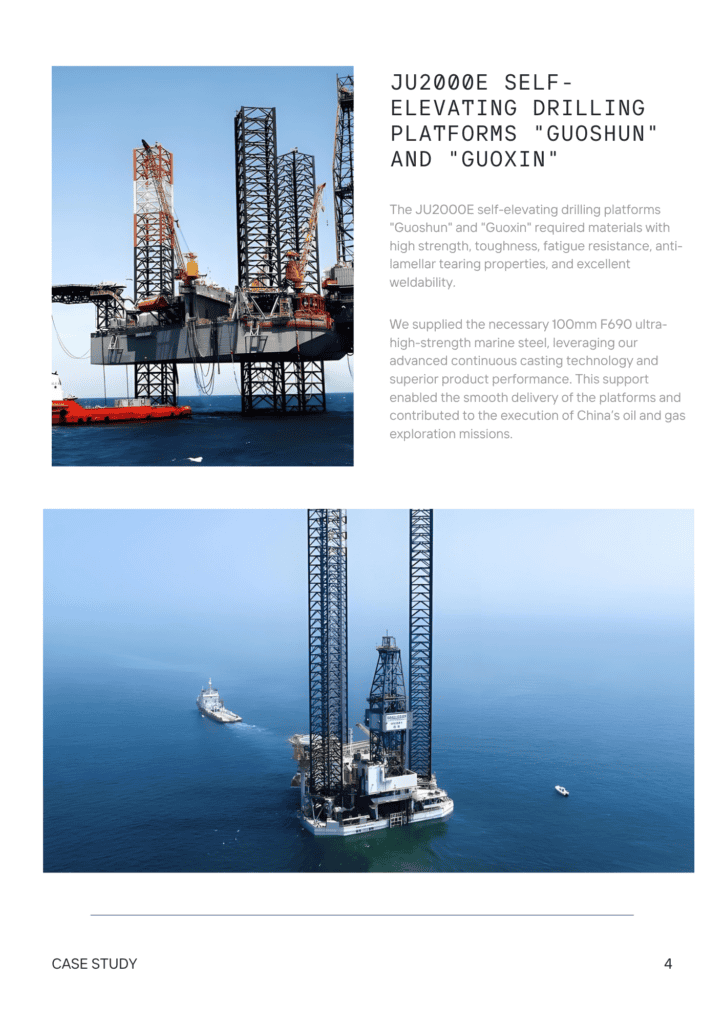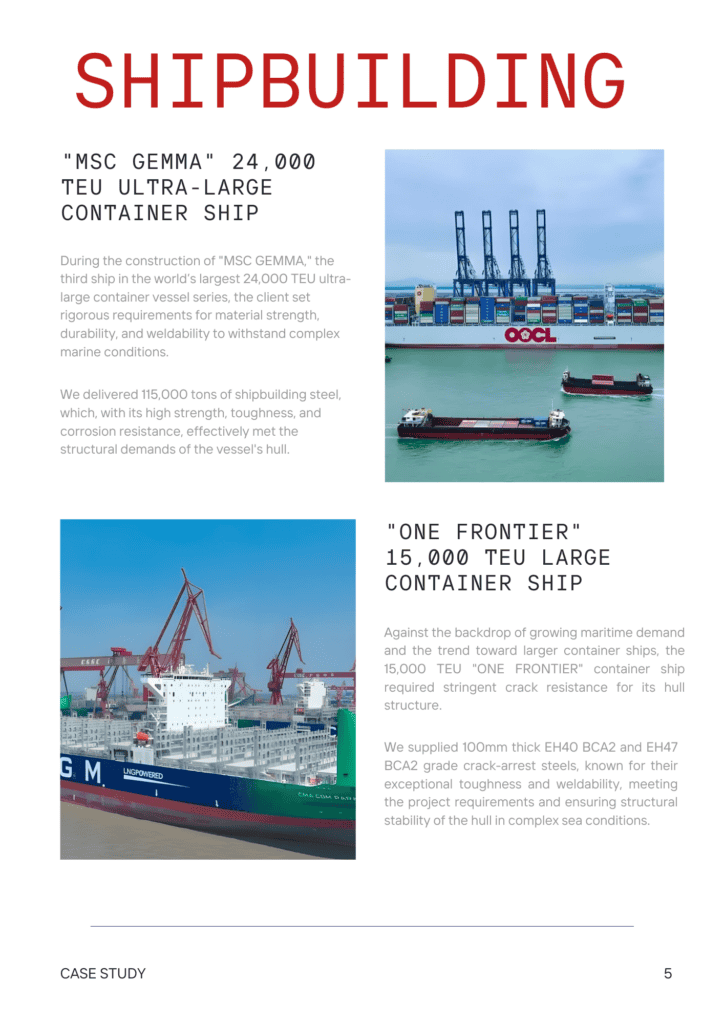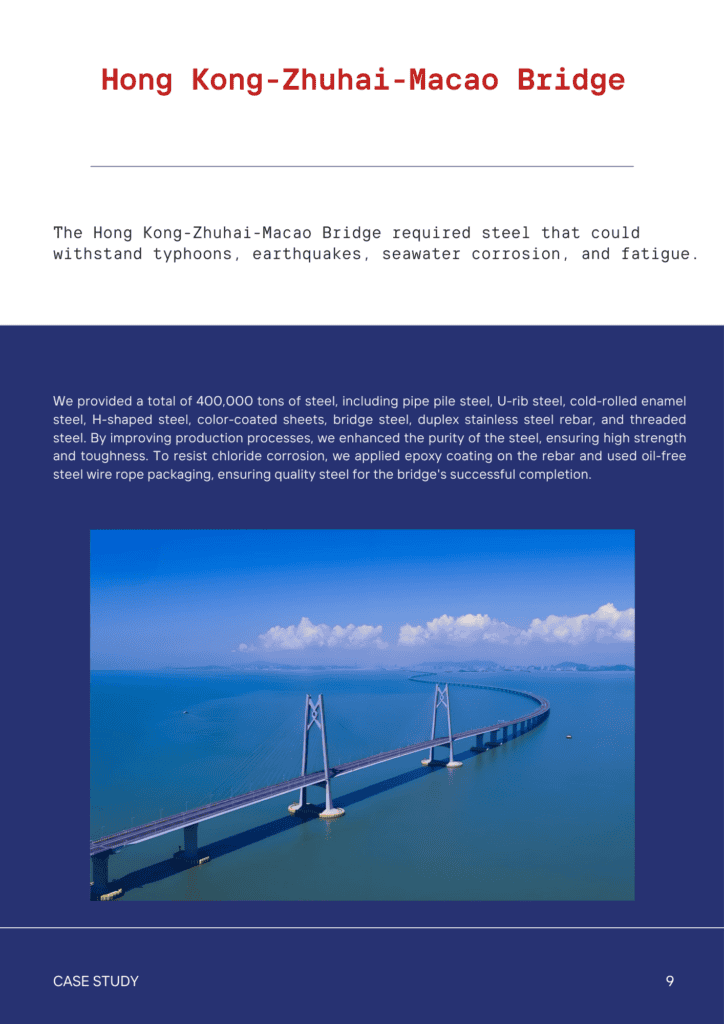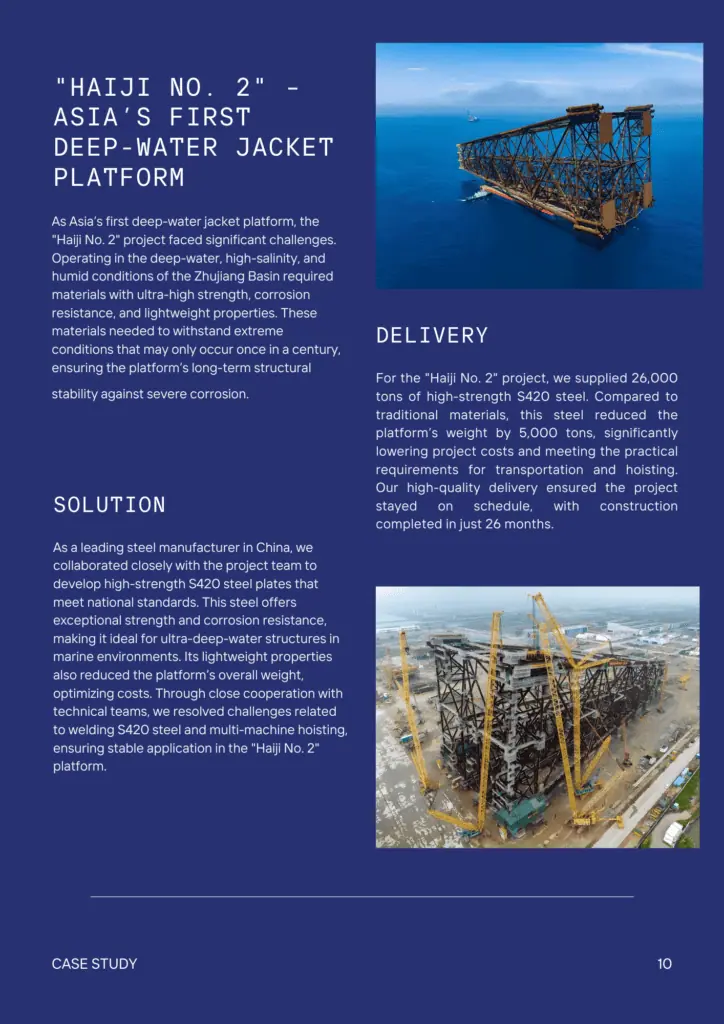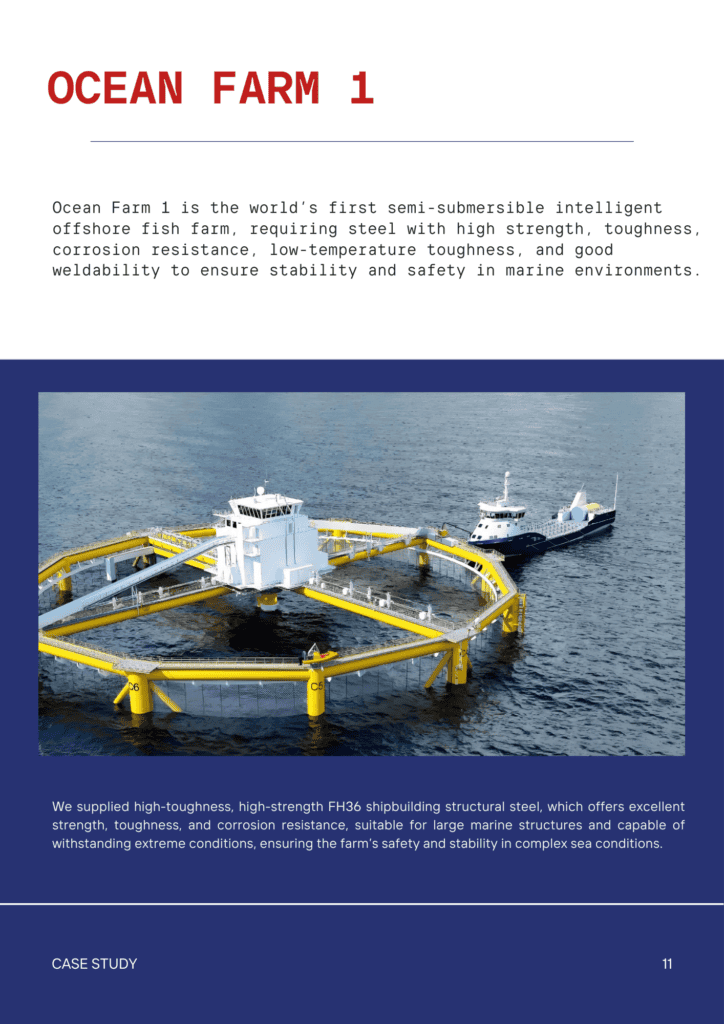Contents
Tool Steel vs Carbon Steel: What Are The Differences?
- John

Imagine you’re building a high-performance tool—would you choose tool steel or carbon steel? Though both are types of steel, their characteristics and uses are distinct.
Tool steel is engineered for high-performance applications, providing exceptional hardness, durability, and heat resistance, making it suitable for equipment such as drills and cutting edges. On the other hand, carbon steel, recognized for its strength, is frequently utilized in structural projects, but it is less suited for environments with extreme stress and high temperatures.
Chemical Composition of Tool Steel vs Carbon Steel
Tool Steel
Tool steel is an alloy that primarily contains iron, carbon, and alloy elements like tungsten, molybdenum, vanadium, or cobalt. These additional elements improve hardness, heat resistance, and durability. Tool steel typically has a higher carbon content than carbon steel, but its key feature is the presence of alloying elements that allow it to retain its hardness and toughness even at elevated temperatures.
Carbon Steel
Carbon steel primarily consists of iron and carbon, with trace amounts of additional elements. The carbon content can range from low to high (usually between 0.05% to 2%), and this variance significantly affects the material’s properties. The higher the carbon content, the harder and more brittle the steel becomes. Carbon steel typically lacks the alloying elements found in tool steel, which is why it doesn’t offer the same level of performance under high heat or stress.
Different Properties of Tool Steel vs Carbon Steel
Tool steel is engineered for specific performance under high-stress, high-temperature conditions. Its excellent hardness, durability, and resistance to abrasion and high temperatures make it perfect for machining, shaping, and molding other substances.
In contrast, the characteristics of carbon steel change depending on its carbon content. Low-carbon steel is malleable and simple to join, but it lacks strength.
- Hardness: Tool steel generally has a higher hardness than carbon steel, especially when hardened through heat treatment.
- Toughness: Tool steel is tougher, and able to absorb shock without cracking. Carbon steel, especially higher-carbon versions, can be more brittle.
- Heat Resistance: Tool steel retains its hardness at much higher temperatures than carbon steel, making it suitable for high-temperature applications.
- Wear Resistance: Tool steel is much more resistant to wear, which is essential in cutting tools, dies, and molds.
- Corrosion Resistance: Carbon steel has poor corrosion resistance unless treated, while some tool steels are designed to offer better protection against rust.
Tool Steel and Carbon Steel Different Applications
Tool Steel Applications
Tool steel is used in applications where durability, hardness, and resistance to wear and heat are critical. Some of the key uses include:
- Cutting Tools: Such as drills, saw blades, and milling cutters that require hardness and wear resistance.
- Molds and Dies: For metalworking and plastic molding, tool steel can withstand high pressures and temperatures during manufacturing processes.
- Punches and Stamps: Tool steel is ideal for stamping and punching metal due to its ability to endure constant stress.
- High-Precision Machinery: Components in machinery that need to retain shape and sharpness under wear conditions.
Carbon Steel Applications
Carbon steel is typically used in applications that prioritize strength and cost-efficiency. Common uses include:
- Construction: Used for structural beams, reinforcements, and frameworks due to its strength and low cost.
- Automotive: Carbon steel makes car chassis, body parts, and engine components.
- Pipes and Tubing: Carbon steel is commonly used in pipes for oil, gas, and water due to its strength and ease of production.
- General Manufacturing: Used in tools like hammers, wrenches, and other hand tools where high strength is needed but without extreme heat resistance.
Choosing the Right Tool Steel and Carbon Steel for Your Project
When selecting the right material for a project, it’s essential to consider the specific demands of the application.
- Performance Requirements
If your project involves high heat, wear, or extreme mechanical stress (e.g., cutting, molding, or punching), tool steel is the preferred choice due to its ability to retain hardness and toughness under such conditions. On the other hand, if the project requires strength but not high-performance heat resistance, carbon steel may be sufficient.
- Budget Considerations
Tool steel is generally more expensive than carbon steel due to its alloying elements and specialized manufacturing processes. If cost is a key concern and the application doesn’t require high performance, carbon steel offers a more affordable option.
- Corrosion Resistance
If the material will be exposed to moisture or corrosive environments, consider using tool steel varieties that offer better corrosion resistance. For applications where rusting is not a significant issue, carbon steel may be a viable choice, but it requires coatings or treatments to prevent corrosion.
- Machinability and Fabrication
Carbon steel is easier to weld and machine than tool steel, which may require special processes or equipment due to its hardness and toughness. If welding and machining are crucial to the project, carbon steel might be easier to work with.
High-Quality Tool Steel and Carbon Steel Solutions
SteelPro Group offers high-quality tool steels like D2, M2, and carbon steels like 1020 and A36, all meeting international standards. We provide custom sizing, surface treatment, cutting, and heat treatment services.
Whether you’re working on precision tools or structural applications, we can supply the ideal steel solution for your needs!





